Crystalis didn’t chase either of those genre leaders, however. It was something else entirely: a hybrid that drew from the best of fantasy RPGs and arcade games.
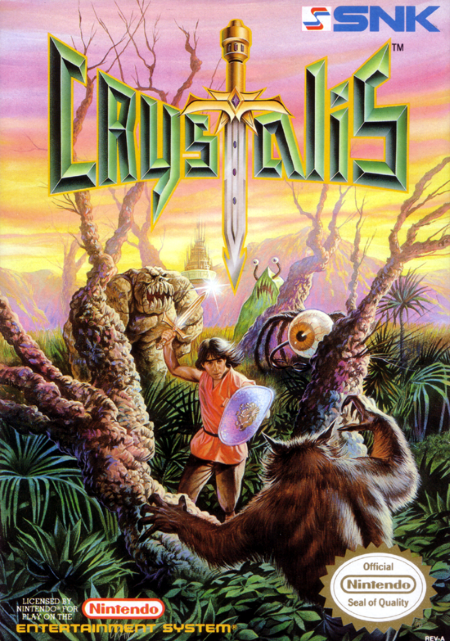
Crystalis never went to arcades, of course. It didn’t sit in a cabinet and leech pocket change from passersby. It just took lessons from SNK’s arcade roots.
And the first thing Crystalis learned? Hook the player. The game’s introduction grabs your attention with visions of doomsday, declaring October 1, 1997 to be THE END DAY and summoning images of a world destroyed by vicious war and malevolent science. Cities burn, natural life mutates, and technology survives only in a mysterious floating tower, an instrument of peace easily turned into a cataclysmic weapon. Players glimpse the desolate landscapes and monstrous beasts that arise in the eons afterword, and then their avatar emerges. He’s a reticent amnesiac awakened from a suspiciously advanced cryo-chamber in a cave. So it all begins.
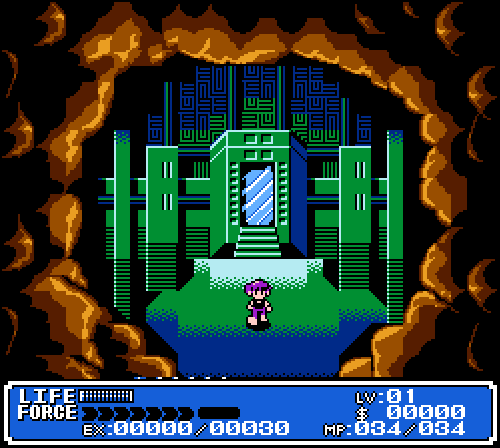
The second lesson Crystalis took from the arcade? Never slow things down. Its purple-haired hero scoots across the landscape in eight directions, as though the game’s meant for a joystick. His first sword isn’t a stubby blade, either; improving on a idea from The Legend of Zelda, the Crystalis protagonist can charge up and launch projectiles, making the combat a perpetual mix of frantic stabbing and strategic shooting. He roams and fights with brisk determination, and the game moves to match him.
Crystalis rarely loses that enticing arcade tempo. Each leg of the quest brings a new spell or item, with magic that starts with basic healing and expands into telepathy, warping, and shapeshifting. Even repeatedly hacking through monsters becomes more enjoyable with the game’s expanding selection of weapons and equipment. One early acquisition is the Rabbit Boots, a seemingly minor accessory that lets the hero bound across the landscape. Sometimes this helps him navigate toxic marshes or climb glaciers. Sometimes it’s just fun to jump around.
Like most ambitious games for the NES, Crystalis faces the limitations of the hardware, a seven-year-old system by 1990. Crystalis doesn’t care, though. It delivers large characters, rampant spell effects, and enormous bosses from the Draygonian Emperor’s true form to a giant swamp creature shamelessly filched from Nausicaa of the Valley of the Wind. It’s all out to impress the player no matter the cost, and it succeeds. The action slows down at times, and even something as mundane as talking to townsfolk might make the graphics flicker. Yet it never seems too high a price for the adventure that emerges.
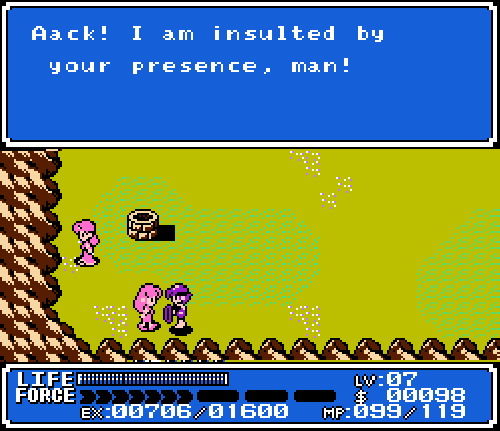
More than any other game of its day, Crystalis gives off the frequent affirmation that you’re doing something important, that you’re on a grand unified quest in a world of monstrous creatures and buried technologies. You’re rescuing villagers from imperial slavery. You’re disguising yourself with a spell to visit a village of comically man-hating amazons. You’re earning the trust of swamp dwarves by finding a lost child. You’re watching a rebellion rise, stumble, and bitterly succeed. You’re meeting up with Mesia, a woman similarly cryo-preserved, and learning more about just what that floating tower means for the world.
One could call the story a standard arrangement of fantasy and sci-fi cogs, but Crystalis took a third lesson from the arcade: don’t tell the player too much. Once a plot point intrigues, Crystalis moves on to the next cavern or fortress or battle with the empire’s elite guard. It’s a valuable formula even today. Games frequently get lost in elaborate tales without sparing a thought for good pacing, but Crystalis, either by design or the limitations of its day, gives you just enough.
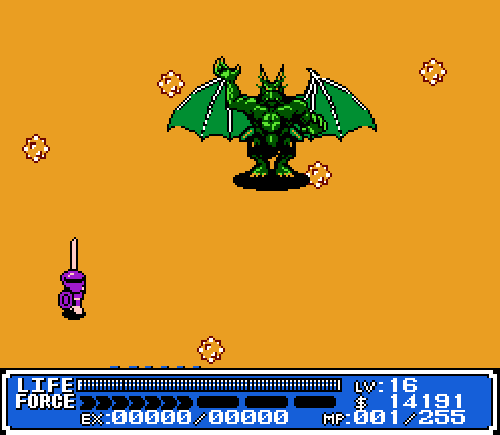
The flaws that emerge appear elsewhere. The game forces players to level-grind in the most blatant fashion: it’s impossible to damage some bosses unless you’ve gained enough experience. Perhaps SNK was concerned about players getting a little too good at the game, though that’s the antithesis of good arcade craftsmanship.
The journey also isn’t pleasant to the ears all the time. The game’s music is often excellent, with catchy overworld themes and a great tune for the credits, but grating and repetitive tracks dog players in the dungeons. The hero even emits a piercing yip every time he’s hit, and it’s reason enough to attempt a no-damage run of the game.
Crystalis is even more striking once you realize that SNK never attempted its equal. Just a year after it shipped, the company rolled out the Neo Geo arcade hardware and threw their weight behind it. The Neo Geo had no place for RPGs, not even speedy, action-infused ones like Crystalis. And once the fighting-game craze took off the system had no place for anything that wasn’t a head-to-head fighter or, at the very least, a Metal Slug outing.
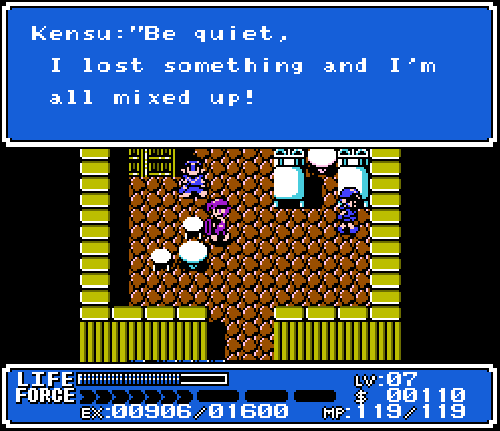
Rumors of another Crystalis emerged now and then in the mid-1990s, but not even a screenshot of this purported sequel appeared. Everyone involved moved on. Illustrator Hiroko Yokoyama went to Video System (after facing misogynistic working conditions at SNK), director Kazuhito Kouno (credited there as Kazuto Kouno) is now a producer at Dimps, and other staffers stuck with SNK beyond the Neo Geo era.
The most SNK allowed was a Game Boy Color port of Crystalis, programmed by Nintendo Software Technology in 2000. Well-meaning but thoroughly inferior, it changes far too much. The screen is cramped, plot points are needlessly rewritten, and the the original’s post-apocalyptic overtones give way to banal fantasy trappings.
So Crystalis will stand alone. It came along at a unique moment, when an arcade titan briefly turned a eye to home consoles and somehow made one of the best action-RPGs in history. That time will never come again.
SNK’s finest achievement doesn’t need sequels or remakes, though. It’s as fascinating as it was decades ago, and its arcade inspirations make it right at home on the new SNK 40th Anniversary Collection. Like any excellent game in the arcade or out of it, Crystalis just needs a moment to hook you.

I’ve been holding onto this post until I finished the game, which I did earlier tonight. I haven’t read your other posts yet, but those are coming next. I just felt the need to comment that the pacing of the game is both a boon and a bane. On the one hand, it definitely keeps the momentum moving forward. It feels more like an action game than an RPG, which gets frustrating when you have to constantly switch swords just to kill two different enemy types in the same area. But otherwise, that’s a great thing. You’re always going somewhere and rarely meandering. On the other hand, it hurts the storytelling so, so much. Every bit of backstory seems to be told in passing. “Oh yeah, you were cryogenically frozen, and so was she.” “Oh yeah, this guy was secretly the big bad. But don’t worry about it!” Not that we were getting great stories back then anyway, but a story like this had potential!
ReplyDelete